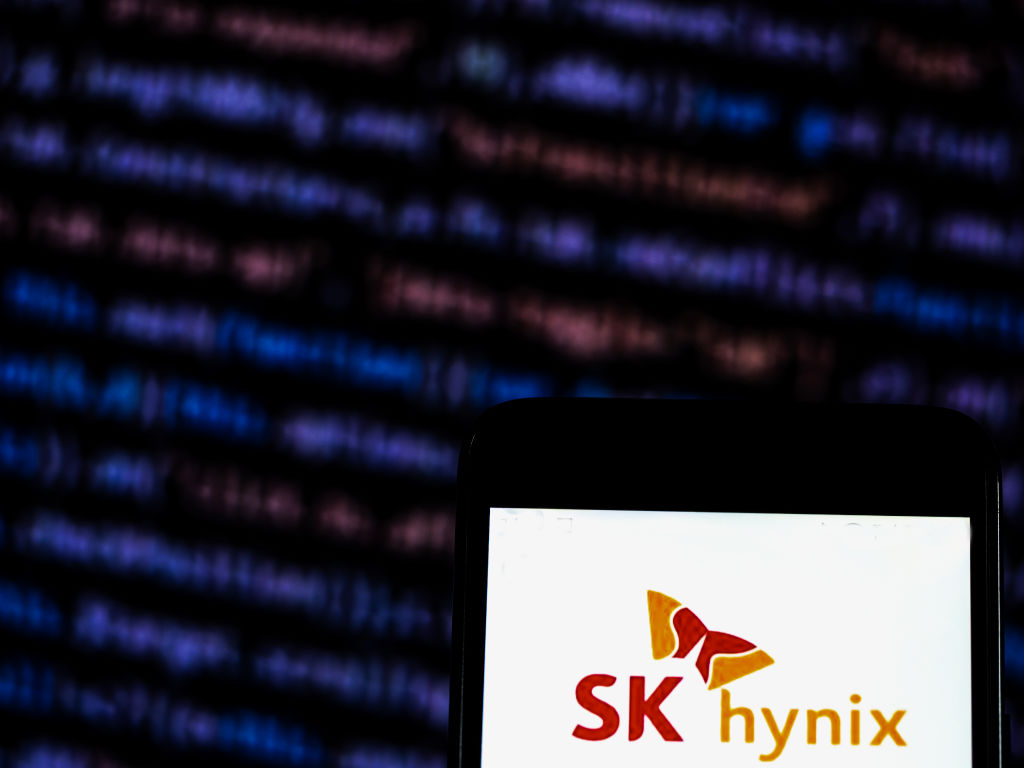Intel is building up many FABs, yes, that much is true.
But they aren't getting into the DRAM / Memory business.
There's a damn good reason why Intel stopped making memory, it's because the profit margins are low on them.
https://www.digitimes.com/news/a20220429VL209/logic-ic-memory-chips.html
Intel has now sold off it's NAND & Optane divisions as well.
SK Hynix, one of the world’s largest chip makers, announced today it will pay $9 billion for Intel’s flash memory business. Intel said it will use

techcrunch.com
Intel shutting down Optane (A huge Mistake IMO, it should be sold off to the big Memory Companies IMO).
https://www.techradar.com/news/intel-is-shutting-down-its-optane-memory-business
That much is also proven by history. So until you can show me that they're willing to enter the DRAM market, they'll be sourcing it from one of the major suppliers.
Be it SK Hynix, Samsung, Micron, etc.
There are far better (Higher Profitability) things to make on those FABs, DRAM isn't one of them.
At the end of the day, it's up to Intel to put the $$$ into making it standard and buying in bulk.
Will Intel risk doing that? Only Pat Gelsinger and the teams inside will know.
But given the BoM cost for HBM, I think it's going to remain a Enterprise & HPC only solution where the costs don't really matter that much and wallets are deeper.
Average Main Stream Consumers are VERY Price sensitive.


